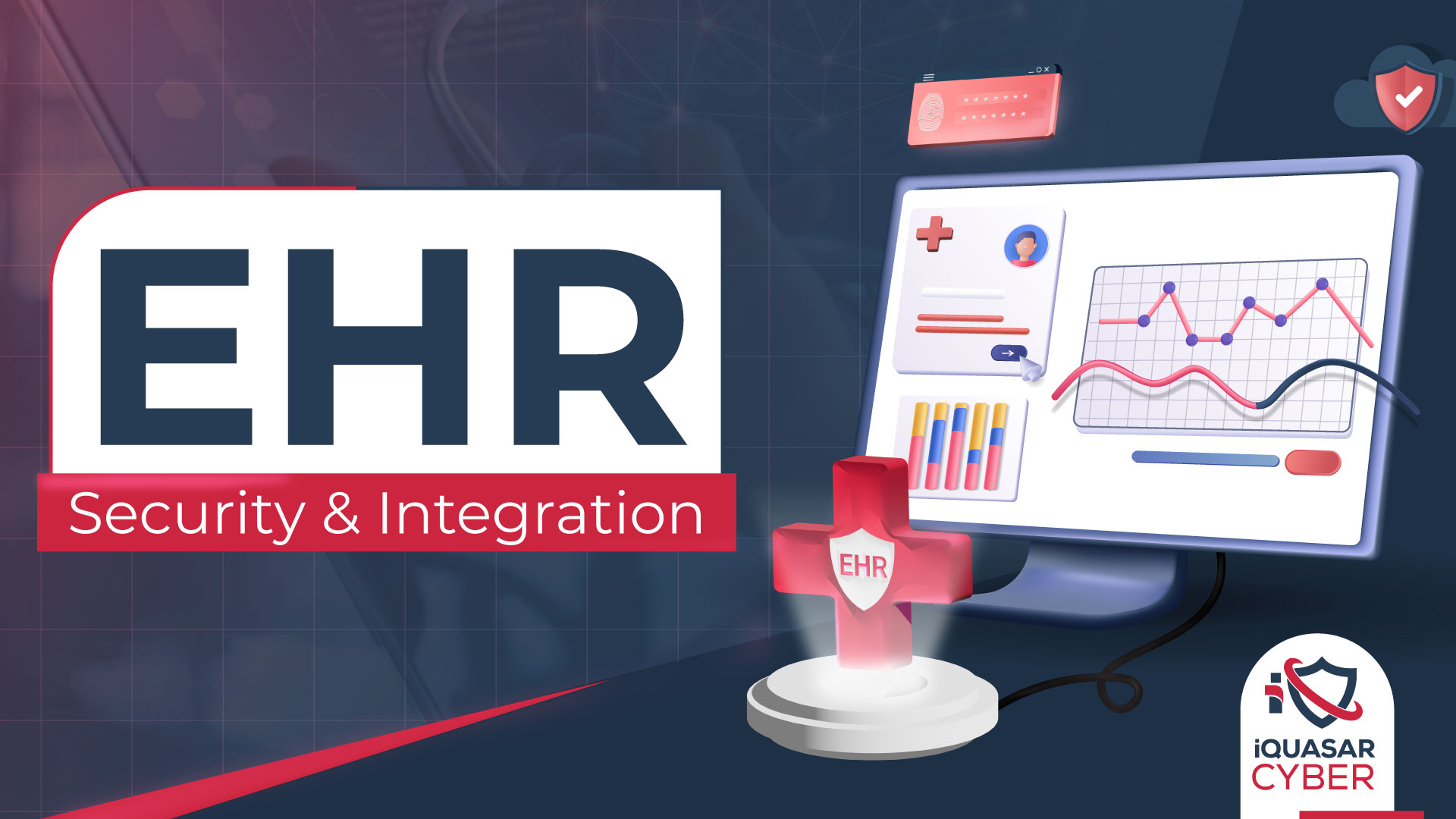
Earlier this year in February, the Office of the Information Security at HHS cautioned the healthcare industry of potential cyber threats to electronic records. As illustrated in the briefing summary, data in digital format in Electronic Health Records (EHR) is highly confidential and sensitive. This makes EHR systems a highly sought-after target for malicious users who feed on loopholes in business and technology processes. Secure integration with EHR systems can lower these risks considerably if the transformation is well planned.
Electronic Medical Record (EMR) and Electronic Health Record (EHR) are often used interchangeably but are not considered the same. While EHR is a superset of medical records that encompasses patient records, test results, illness data, history, and medications, EMR is an electronic entry and management of medical data. EMRs are digital records of the medical practice paper charts used before EMR systems came into existence. As the industry evolved, EHR is more used to represent the correct data representation of a patient’s medical history.
The advantages of patient data digital transformation far outweigh the risks and result in cost savings, better security, and improved efficiency. However, digital transformation’s magnitude, integration, and complexity are challenging and have proved to be a daunting task for almost every organization. Some of the risks and challenges recorded for the transformation of an organization are as follows:
The challenges to protect and safeguard medical records and digital identity are compounding every month due to unprecedented attacks on healthcare companies and the infrastructure that supports them. To add to the challenges is integrating EHR systems with current infrastructure that is either going through a transformation or at the cusp of transformation. The worst-case scenario is where no transformation occurs, and EHR systems are to be integrated into siloed and legacy systems which makes it even harder to achieve. Popular EHR systems such as EPIC, Cerner, Meditech, etc., are enterprise systems that need tight integration with business processes and technology to deliver business solutions. Unfortunately, with complexities in healthcare business processes, integrations with EHR systems have resulted in tedious manual processes or compromised some security aspects to deliver the functionality. In other cases, the complexity of access controls has resulted in partial implementation with minimal automation with EHR systems.
Getting a request and approval process via an Identity and Access Management (IAM) tool or an enterprise service desk tool integrated with an EHR system to automatically deliver roles as birthright attributes have become a distant goal. The process spans multiple business units such as Human Resources, Information Security, Enterprise Architecture and Application, Application Security, Provider integration, Service Desk, etc. Integration improves data insights by centralizing relevant and related information, making it easier to spot patterns and discrepancies in data. They can also identify bottlenecks in the business and opportunities for growth.
The complexities of the IAM processes in the healthcare industry are well known, and the lack of automation in this area has already created a dysfunctional collaboration with the EHR systems. While organizations struggle to manage Joiner, Mover, and Leaver’s processes, integrating EHR systems has added to the already complex business process.
Integration based on security controls can significantly help in reducing the risk of breaches in EHR systems and help identify breaches at an early stage. Integration of IAM tools with EHR systems and additional controls such as SEIM, End Point Detection, Response (EDR), strong authentication, MFA, Risk-Based Authentication, Role-Based Access Control, Backups, encryption, phishing, etc. can largely protect healthcare organizations from breaches and ransomware.
With cybersecurity consultants in high demand and scarce human capital available in the current market, it is even more challenging for companies to have full-time staff to manage cybersecurity processes and safeguard assets. iQuasar Cyber, Inc can provide expert guidance on implementing and integrating EHR systems such as EPIC, Cerner, etc. Our consultants have vast experience providing IAM implementations and automating processes to lower and manage cybersecurity risks.
Check our other blog on Security Controls to review what security controls you can implement to manage your cybersecurity risk better.
Call iQuasar Cyber, Inc. for a free consulting hour to learn more about our services and how iQuasar Cyber can help you with securing your assets. iQuasar Cyber, consultants can talk on the phone about your security needs and put a plan for combating breaches.